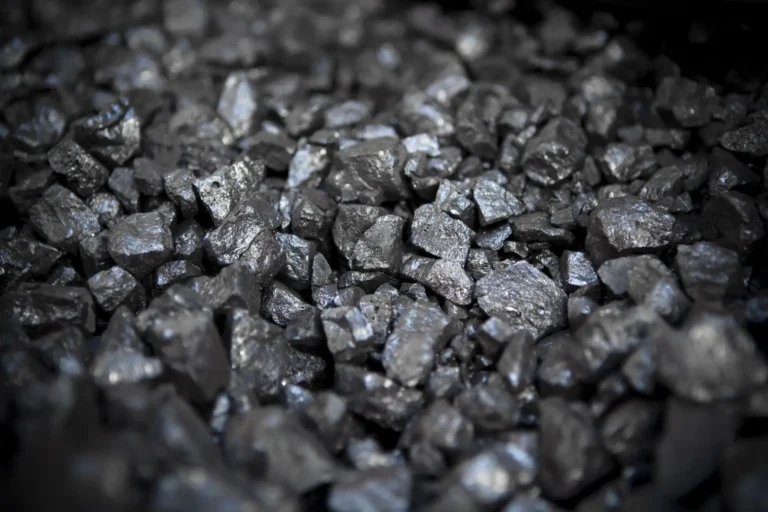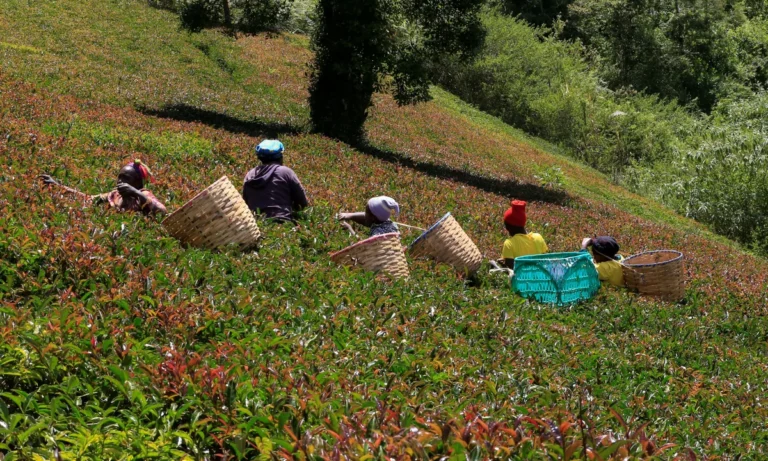The Hidden Plastic Problem in Tea Bags — And What You Can Do About It
Tsara Tea – For centuries, tea has been a symbol of comfort, culture, and connection. But in recent years, scientists have uncovered an unsettling truth: some tea bags — especially those made from polymer-based materials — may be steeping more than just tea leaves into your cup. They’re also releasing microplastics and nanoplastics into the water you drink.
How Plastic Ends Up in Your Tea
Many commercial tea bags, particularly premium pyramid-shaped ones, are sealed with polypropylene or made from nylon and plastic-coated cellulose. These materials help the bags maintain their shape during brewing — but under hot water, they can shed microscopic plastic particles.
Studies have found that a single plastic-based tea bag can release billions of microplastic and nanoplastic particles into a single cup of tea (National Geographic). While these particles are invisible to the naked eye, they are small enough to pass through the human digestive system — and possibly enter the bloodstream.
Why Microplastics Are a Concern
Microplastics (particles smaller than 5 millimeters) and nanoplastics (particles smaller than 1 micrometer) are known to persist in the environment and may accumulate in living organisms over time.
Laboratory research suggests that these particles can interact with human intestinal cells, potentially causing inflammation, oxidative stress, or even entering cell nuclei (World Health Organization – Microplastics in Drinking Water). While the long-term health effects are still under investigation, early evidence is concerning enough to prompt calls for precautionary measures.
Safer Alternatives to Plastic Tea Bags
The good news is that there are several plastic-free tea options available:
- Unbleached Paper Tea Bags – Often sealed with plant-based adhesives.
- Compostable Cornstarch (PLA) Bags – Fully biodegradable under industrial composting conditions.
- Loose Leaf Tea with a Stainless Steel or Cotton Infuser – The most sustainable option, producing zero bag waste.
- Silk or Abaca Fiber Tea Bags – Natural fibers that don’t shed plastic.
Many eco-conscious tea brands now explicitly label their packaging as plastic-free or home compostable (Tea & Herbal Association of Canada).
How to Identify Plastic in Tea Bags
If you want to check whether your tea bags contain plastic:
- Look for “polypropylene,” “nylon,” or “PET” in packaging descriptions.
- Pyramid-shaped, shiny, or silky-feel bags are more likely to contain plastics.
- Tear an unused bag — if it has a synthetic, stretchy mesh, it’s probably plastic-based.
The Bigger Picture — Tea and Sustainability
Plastic in tea bags is just one part of the tea industry’s sustainability challenge. Reducing single-use plastics can significantly lower microplastic pollution in waterways and landfills. For tea producers, switching to eco-friendly materials is both a public health measure and a brand reputation win.
In some countries, policymakers are considering regulations to limit plastic in food contact materials, which could eventually extend to tea packaging (European Food Safety Authority).
Practical Tips for Plastic-Free Tea Drinking
- Go Loose Leaf — It’s fresher, more flavorful, and better for the environment.
- Buy from Certified Brands — Look for plastic-free, organic, or Fairtrade labeling.
- Compost When Possible — If you have a compost bin, choose bags that are home-compostable rather than industrial-only.
- Educate Others — Many tea drinkers still aren’t aware of the plastic issue. Sharing this knowledge can influence buying habits.
Bottom Line:
Your daily cup of tea shouldn’t come with an invisible dose of plastic. By making informed choices — and encouraging tea companies to prioritize biodegradable materials — we can all help protect both our health and the planet.






